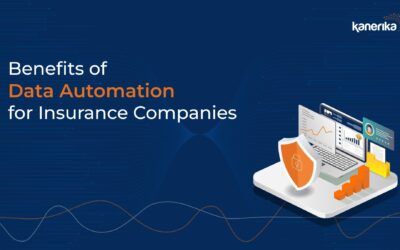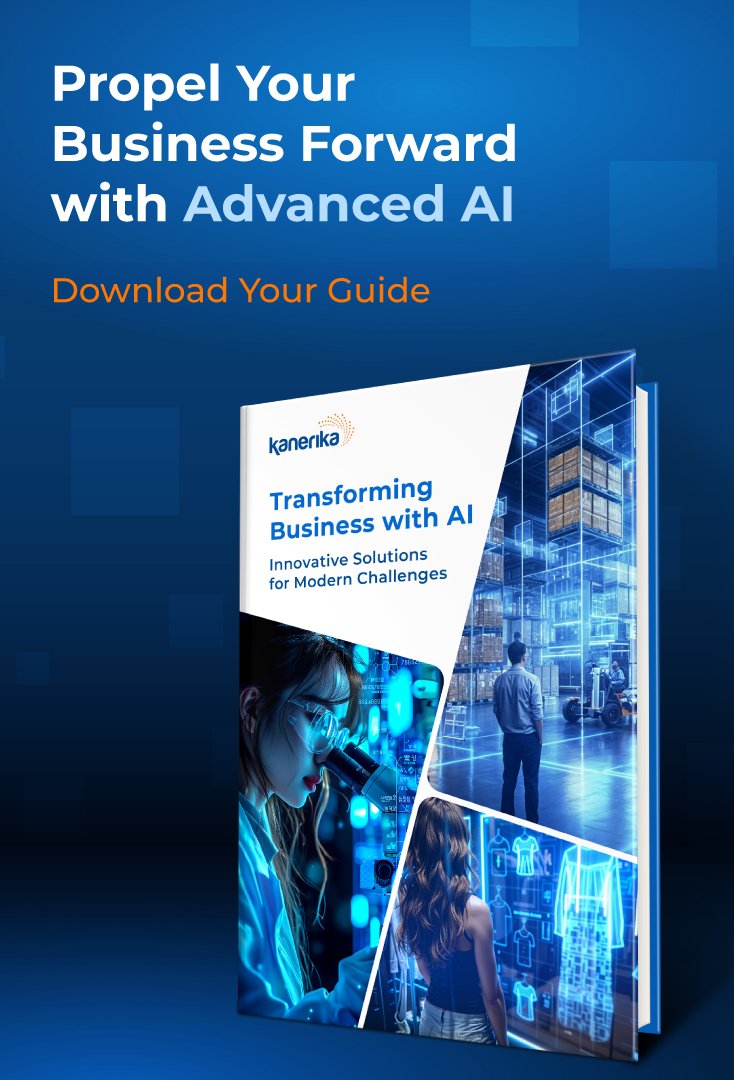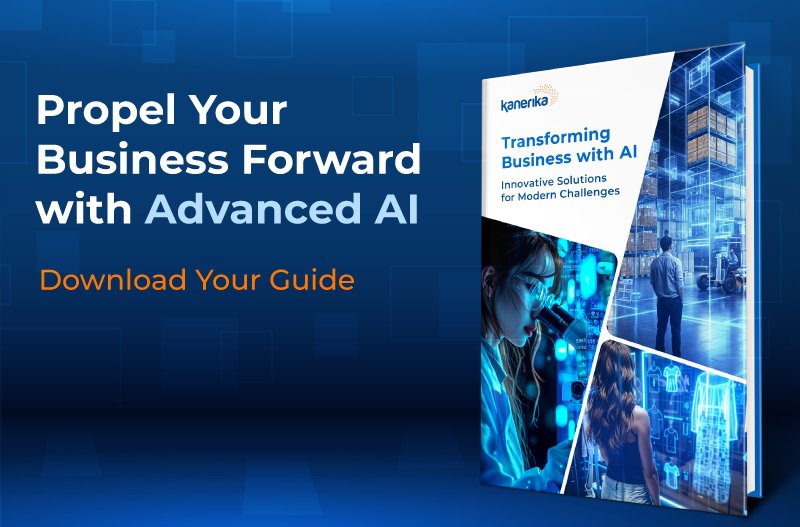By 2025, the global data volume is expected to exceed 175 zettabytes. Businesses are under great pressure to quickly and accurately transform this huge amount of raw data into useful business insights. DataOps Automation, an evolution in data management, is transforming the landscape by enhancing the efficiency of data pipelines.
Data pipelines have traditionally been the backbone of data management, enabling organizations to move, process, and transform data efficiently. However, the sheer volume and complexity of modern data demand more advanced solutions. DataOps Automation meets this need by merging automation with data pipelines, streamlining operations, and reducing manual tasks.
As businesses strive to keep pace with the growing data demands, DataOps Automation is becoming essential. It optimizes the data pipeline process and ensures that organizations can quickly derive actionable insights from their data. Embracing this technology is no longer an option but a necessity for those looking to maintain a competitive edge in the data-driven world. Let’s dive in.
Demystifying Data Pipelines
A data pipeline is a process that moves data from one or more sources to a destination or multiple destinations. A data pipeline involves a series of steps that transform the data into a usable format.
The pipeline consists of many tasks – data ingestion, data storage, data transformation, data validation, and data analysis. The pipeline can be manual, automated, or a combination of both. The multiple steps involved in a usual pipeline process are the reason why DataOps Automation is crucial for an effective data pipeline. It helps automate most of the processes and ensures there’s a collaboration between the different data channels.
The Importance of Data Pipelines

A data pipeline is essential for several reasons, including:
- Data Integration: A data pipeline can integrate data from multiple sources and systems. This allows data analysts to consolidate data effectively.
- Data Transformation: A data pipeline can transform data into a usable format by cleaning, filtering, and enriching data.
- Scalability: A data pipeline can handle large volumes of data and scale to accommodate growing data needs.
- Real-time Processing: A data pipeline can process and analyze data in real-time, thus improving operational efficiency.
- Machine Learning: A data pipeline can prepare data for machine learning algorithms, such as data preprocessing, feature engineering, and data labeling. This allows organizations to leverage machine learning to improve decision-making and automate processes.
- Data Governance: A data pipeline can help you ensure data governance policies and standards, such as data quality checks, data lineage, and data security, are in place.
- Cost: A data pipeline can optimize data processing costs by reducing data storage costs and helping automate data processing.
The multiple benefits of using data pipelines often come at a great cost to organizations. In addition to expenses and resources diverted to managing the pipelines, companies often lack the technical knowledge to utilize their data efficiently. Fortunately, using DataOps Automation tools eliminates most of the challenges with using data pipelines.
Challenges of Operating a Data Pipeline
Creating and operating a data pipeline can be challenging due to various factors. Utilizing DataOps Automation helps resolve most of the issues. Here are some of the common challenges faced by businesses:
- Data Integration: Data can be spread across multiple sources, hence making it challenging to integrate and transform the data into a usable format.
- Data Quality: Poor data quality can lead to errors and incorrect analysis. It can be challenging to ensure data quality at scale.
- Scalability: As data volume and complexity increase, scaling the pipeline can become a significant challenge.
- Security and Privacy: Ensuring data security and privacy is critical, and managing access controls, data encryption, and regulatory compliance can be complex.
- Monitoring and Maintenance: Continuous monitoring, maintenance, and optimization of the pipeline can require a large amount of resources.
- Data Governance: Ensuring data is governed and managed appropriately throughout its lifecycle can be a daunting task.
- Cost: Building and operating a data pipeline can be expensive, requiring significant investment in infrastructure, tools, and personnel.
Overall, creating and operating a data pipeline requires specialized skills, expertise, and resources, and it is critical to understand the challenges and trade-offs involved clearly.
Why DataOps Automation is Revolutionizing Data Pipelines

DataOps automation is an emerging technology that enables organizations to manage and utilize their data effectively. It combines the principles of DevOps with data-focused technologies, allowing businesses to quickly capture, store, process, and analyze large volumes of information in real-time.
By leveraging the power of DataOps Automation, companies can make better decisions faster by turning raw data into valuable insights.
- Agile Development: Use agile development methodologies to facilitate collaboration and communication between development and operations teams. Agile development focuses on iterative development and continuous improvement, with regular feedback loops and ongoing communication between teams.
- Continuous Integration and Deployment: Implement continuous integration and deployment (CI/CD) practices to streamline code deployment and testing. CI/CD ensures changes to the data pipeline are tested and validated before being deployed, which ends up reducing the risk of errors.
- DevOps Automation: Use automation tools to streamline data pipeline management tasks, such as data ingestion, data processing, and data integration. Automation reduces the risk of human error and improves the efficiency and scalability of the data pipeline.
- Infrastructure as Code: Use infrastructure as code (IaC) techniques to automate the deployment and configuration of data pipeline infrastructure. IaC ensures data pipeline infrastructure is consistent, repeatable, and easily scalable up or down as needed.
- Collaboration and Communication: Foster collaboration between teams involved in data pipeline management, such as developers, data scientists, and operations teams. Similarly, encourage regular meetings, status updates, and feedback loops to ensure team alignment towards business goals.
Overall, DataOps automation provides a framework for improving collaboration and communication between teams involved in data pipeline management.
By implementing best practices for data pipeline management with DataOps automation, you can improve the efficiency, reliability, and scalability of your data pipeline.
FLIP – The Zero-code Tool for DataOps Automation

FLIP is a low-code/no-code tool for DataOps Automation that has been built for business owners and non-technical users. Additionally, FLIP costs only 60% of the competition’s usual data tool subscriptions. Therefore, organizations can benefit from the features and capabilities of FLIP without incurring significant costs. In addition, the reduced cost of FLIP helps businesses allocate their resources more efficiently and invest in other areas of their business.
FLIP offers an industry-specific dashboard that allows users to track and manage their data performance easily. With its MLOps readiness, FLIP supports the deployment of machine learning models, further enhancing the value of the data pipeline and models. With FLIP, you can now leverage the power of DataOps automation and advanced analytics to manage your data pipeline efficiently. Sign up now for a free account!
FAQ
What role does DataOps Automation play in maintaining data quality in data pipelines?
Why is DataOps Automation considered crucial for effective data pipelines?
Are there specific tools or technologies commonly used for implementing DataOps Automation in data pipelines?
What is the role of DataOps Automation in data pipelines, and why is it crucial for organizations?
How does DataOps Automation address the challenge of data integration in data pipelines?
How can organizations leverage DataOps Automation to enhance the scalability, security, and cost-effectiveness of their data pipelines?
What are some best practices for implementing DataOps Automation in data pipeline management effectively?
How data pipelines are crucial in data management?
Thank you for reading our post. If you want to know more about Kanerika, please click here, or write to us at contact@kanerika.com.
Follow us on LinkedIn and Twitter for insightful industry news, business updates and all the latest data trends online.













